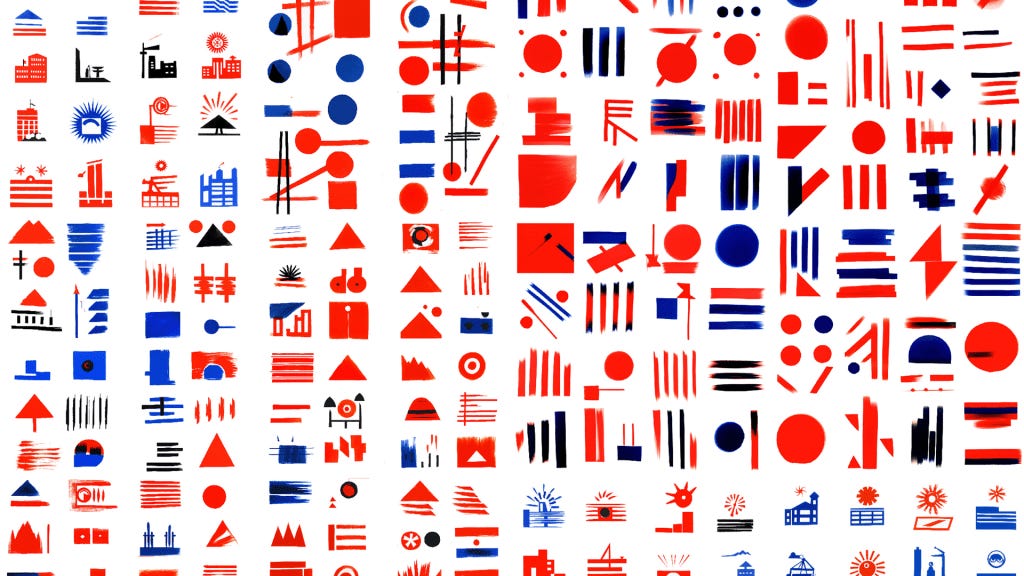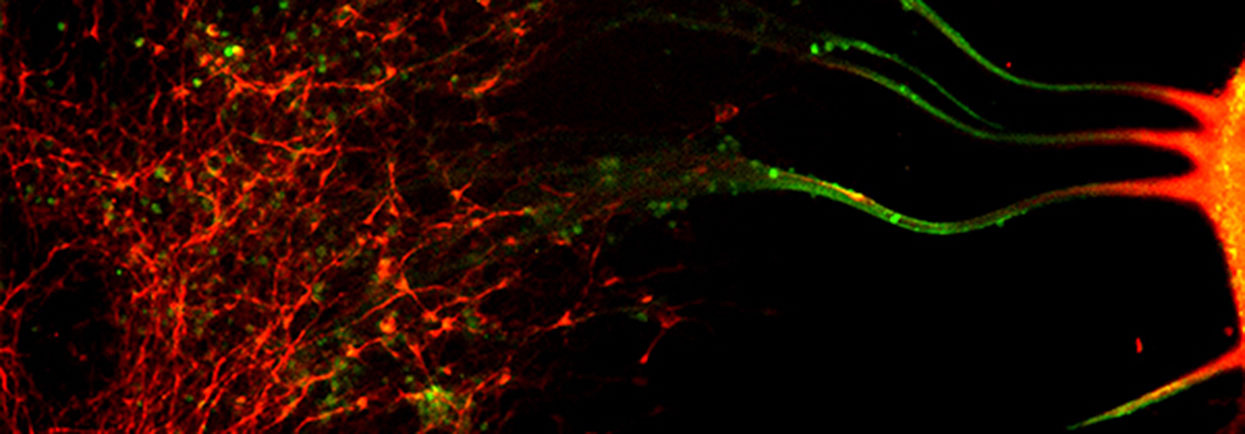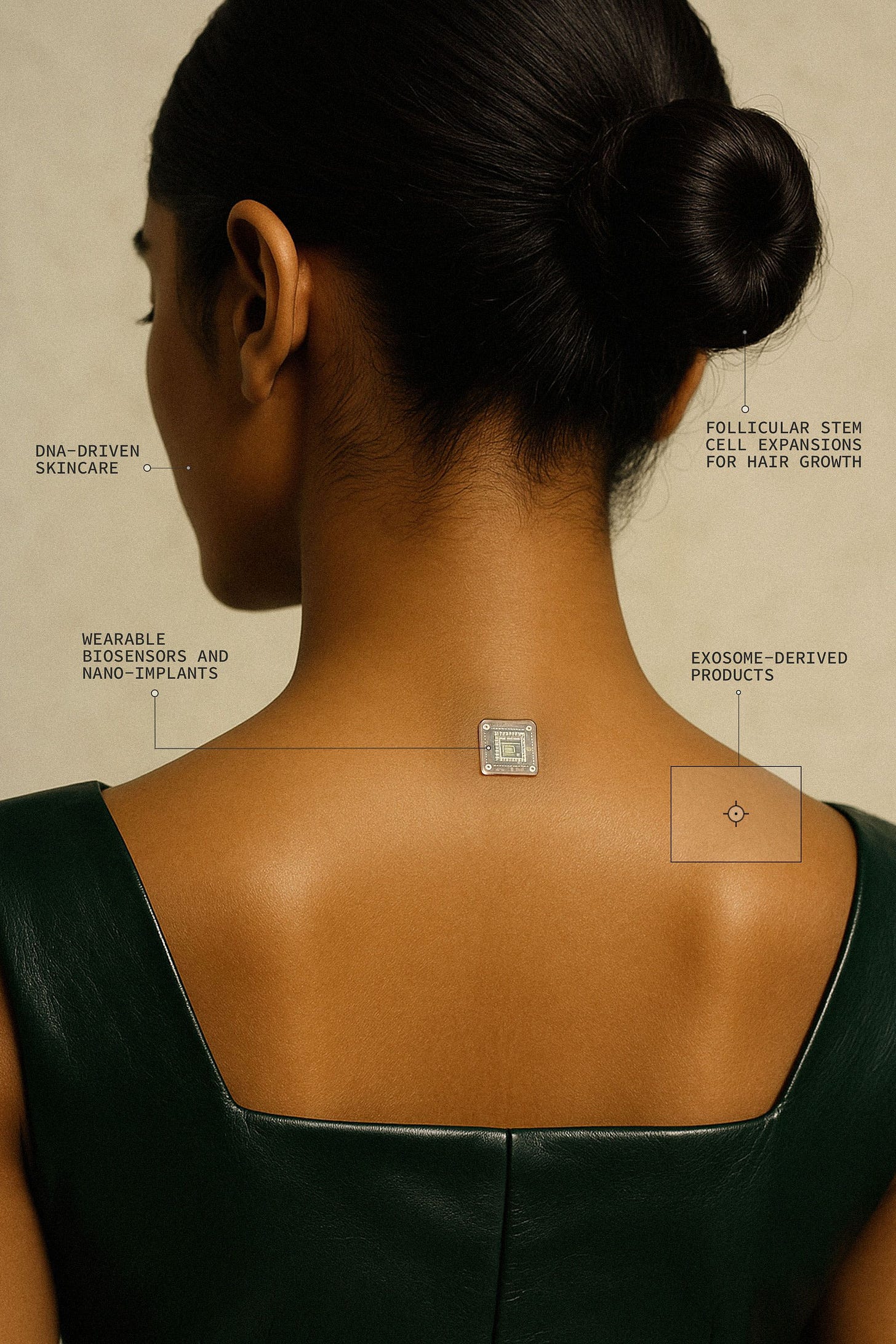⚡ Input is Output - Issue 8
From pre-surgery snacks to posthuman creativity, AI in action, not theory.
Hello,
I thought this issue would have been out sooner, but guess what? Life got in the way again.
It's currently 3.10 AM on Tuesday morning, and I'm sitting in bed in the dark of my hospital room, eating chocolate. Why? Well, it's a long story, one I won't bore you with all the details of now, but let's say I'm having mouth surgery. Hence why I'm eating chocolate. In less than 7 hours, I'll be nil by mouth, and once I wake up from the surgery, I imagine chocolate will be off the fave food list for a while, for apparent reasons. Wish me luck!
With all that said, I still want to get something out for you and for me. Plus, I've had quite a bit of time to read between IV drips and very strong, lovely prescription pain meds. God bless modern medicine.
This week's theme is very much AI in action rather than just theory and models, and it has definitely given me a lot of food for thought.
As always, I hope you enjoy it!
This week’s Input is Output in summary:
⚡ 5 Things:
🧠 Thought for the Week: From Promises to Purpose
⚡ “Why wouldn’t you use it?”
Design icon Paula Scher, a partner at Pentagram, isn’t just dabbling in AI, she’s challenging the creative world to embrace it. In this interview, she pushes back on fear and snobbery, calling AI a natural evolution of the design toolkit.
It’s a great reminder that resistance often signals opportunity. The best creatives aren’t clinging to the old rules, they’re rewriting them with new tools. Same as it ever was!
Read the full interview here: Paula Scher defends generative AI
⚡ Stanford AI Index 2025
If you want to build or lead in an AI-shaped future, this shuld be part of your field guide.
Stanford’s AI Index Report 2025 is out, and it’s a must-read for anyone working or interested in the AI space. It cuts through the hype and delivers hard data on how AI is evolving, across research, industry, policy, and public perception.
It shows where investment is flowing, where talent is clustering, which countries are leading, and how real-world applications are shifting from novelty to necessity. It’s a sharp reminder: the pace of change isn’t slowing, and understanding the landscape is half the job of shaping it.
Read the full report here: Stanford AI Index 2025
⚡ Art Meets AI: Alvin Lucier’s Posthumous Composition
Imagine a composer continuing to create music years after his death. At the Art Gallery of Western Australia, the installation “Revivification” makes this a reality.
Avant-garde composer Alvin Lucier, known for integrating neural signals into music, collaborated with artists and neuroscientists to develop a lab-grown mini-brain from his own cells. This cerebral organoid, interfaced with electrodes, generates and responds to sound in real-time, effectively allowing Lucier to “compose” posthumously. The installation not only challenges our understanding of creativity and consciousness but also bridges the realms of art and science in unprecedented ways.
This piece exemplifies the fusion of technology and artistry, pushing the boundaries of what we consider possible in creative expression.
You can explore the installation here: Lucier’s AI-Driven Legacy
⚡ “Show me how you are using AI”
That’s the ultimatum Shopify’s CEO just gave his teams. Every employee has to present how they’re using AI in their work, or risk falling behind.
It’s a bold move, but one that signals a bigger shift: AI isn’t a side project anymore. It’s becoming a core expectation across roles, not just for engineers or data scientists. This is the kind of cultural cue worth noting, when leadership starts treating AI fluency like digital literacy, the signal is clear: adapt, or get automated.
Read the full memo here: Shopify CEO’s AI Ultimatum
⚡ The Future of Beauty is… Bioengineered?
From DNA-coded skincare to wearable hormone trackers and climate-adaptive moisturisers, the beauty industry is quietly becoming one of the most futuristic verticals in tech. Behind the scenes, biotech, AI, and regenerative medicine are reshaping how we think about ageing, wellness, and even identity.
Estée Lauder is using AI to compress R&D timelines. mRNA and stem cell therapies are making their way from the lab to your bathroom shelf. In the not-so-distant future, your skincare routine might be managed by a wearable nanobot reading your hormone levels in real time.
This feels like something more than a beauty trend. It’s a glimpse at how consumer tech, healthcare, and self-expression are converging. The body is becoming the next interface.
Read more here (might be paywalled): Vogue Business on the Beauty Tech Horizon
🧠 Thought for the Week: From Promises to Purpose
If you've read the above, you can hopefully see where and how I'm starting to think about all of this. Is it possible that we are paying too much attention to what new technologies promise and not enough to the purpose we want them to serve?
Every week, a new AI model is released with more incredible speed, fluency, and capability than the one before it. Tools that seemed like science fiction a year ago are now embedded in our daily workflows. The mood in tech is bullish; the pace is breathless. We're told these tools will solve everything, from education and energy to climate change and poverty.
But amid the hype and hope, a more critical question sits quietly in the corner, demanding our immediate attention: To what end?
Are we designing technology to reflect the kind of world we want to live in? Or are we building systems simply because we can?
At the same time, global progress toward the Sustainable Development Goals (SDGs) has stalled. Climate change is accelerating. Inequality is rising. Trust in institutions is eroding. Once a rallying cry for coordinated global effort, the goals themselves risk becoming little more than a scoreboard, tracking failures rather than inspiring change.
It's not just a suggestion but a necessity for a different approach.
What if we stopped treating the SDGs as a fixed destination, like the last stop on a railway line and started treating sustainability as a dynamic living system? One comprises social and ecological relationships, of which we are not the architects but participants.
Sustainability isn't about reaching a goal. It's about staying in the right relationship with each other and the planet. It's not a checklist. It's a way of being.
So, where does AI fit into this? Right now, AI is positioned as the next general-purpose technology, like electricity or the internet, but faster, more intelligent, and more pervasive. Its potential is extraordinary, but so is the risk of misalignment.
If we align AI with broader social and ecological values, it could be a tool and an engine for care, creativity, and collective intelligence, offering hope for a better future.
Imagine AI that supports regenerative agriculture by helping farmers monitor soil health in real-time. Or systems that help local communities adapt to climate change by modelling inclusive policy options. Or personalised learning tools that don't just optimise test scores but nurture curiosity, empathy, and agency.
These aren't utopian dreams. They're design choices. They require us to see AI as a tool to serve business goals and as part of a complex social system that needs thoughtful governance, cross-disciplinary thinking, and a shared sense of moral purpose.
The challenge isn't to slow down innovation. It's to deepen our intent, to shift from building what's next to creating what's needed.
Because real progress isn't measured by the speed of our tools. It's measured by the depth of our human, ecological, and technological relationships.
And maybe the most radical thing we can do right now… is ask why before we ask how.
👀 What I’ve been…
📺 Watching: The US Masters
In case you missed it, Rory McIlroy won the US Masters. He becomes the first European to win the career Grand Slam of Masters, Open Championship, US Open and US PGA Championship titles.
📚 Reading: How Music Works - David Byrne
David Byrne unpacks creativity, context, and technology in a way that reveals how great ideas, like great songs, are shaped as much by their environment as by inspiration. I really need this at the moment.
🎧 Listening: Garden State Soundtrack
20 years since the release of the the movie, Garden State. A nostalgic reminder of how music can define a cultural moment. I was so in love when this movie came out. So many memories.
💻 Trying: Dia Browser
”AI won’t exist as an app. Or a button. It’ll be an entirely new environment.” We really do live in exciting times. Will I leave Chrome? Time will tell.
Thanks for making it this far, especially in what’s been a slightly more personal issue than usual. Writing this from a hospital bed reminded me why I started Input is Output in the first place: to make sense of what’s happening, in real time, through the lens of creativity, technology, and the questions that matter.
This week, those questions feel a little heavier. But also more urgent.
If you found something useful, weird, or thought-provoking in this edition, forward it to a friend or reply and let me know what’s resonating. I always love hearing from you.
Back soon (hopefully with a fully functioning mouth).
James



